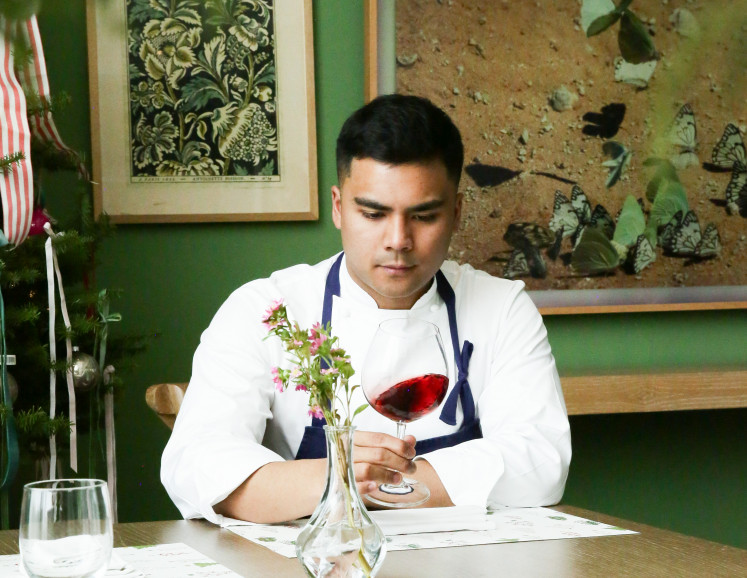Popular Reads
Top Results
Can't find what you're looking for?
View all search resultsPopular Reads
Top Results
Can't find what you're looking for?
View all search resultsGoogle Doodle celebrates nasi lemak
The video depicts how nasi lemak and its accompaniments are made, from the boiling of rice, frying of peanuts, anchovies and chicken, and serving it with sambal or packed in banana leaf.
Change text size
Gift Premium Articles
to Anyone
Today’s Google Doodle highlights one of Malaysia's popular dishes, nasi lemak.
Google says the rich, fragrant, and spicy dish is believed to have originated as a hearty breakfast for farmers on the Malaysian peninsula's west coast. It also notes that the dish is also popular in neighbouring Singapore and Thailand.
"Although the name translates from Malay as 'rich rice' (a reference to the coconut milk included in the recipe) there is another origin story for the name. According to legend, the daughter of a widow named Mak Kuntum accidentally spilled coconut milk into the rice pot. 'What did you cook?' Mak asked and her daughter answered 'Nasi le, Mak!' (Rice, mother!)," says Google.
Read also: Taste of the exotic: 'nasi lemak' condoms from Malaysia
It notes that there are many versions of nasi lemak, each reflecting Malaysia's multi-ethnic melting pot of Malay, Chinese, Indian, and other indigenous and imported cultures
The video depicts how nasi lemak and its accompaniments are made, from the boiling of rice, frying of peanuts, anchovies and chicken, and serving it with sambal or packed in banana leaf.
The doodle by illustrator Alyssa Winans also features music by composer Silas Hite. Google says nasi lemak is often sold at roadside stalls in a bungkus – wrapped in banana leaf or brown paper – and is so popular that it’s also eaten for lunch and dinner, too.
This article appeared on The Star newspaper website, which is a member of Asia News Network and a media partner of The Jakarta Post










